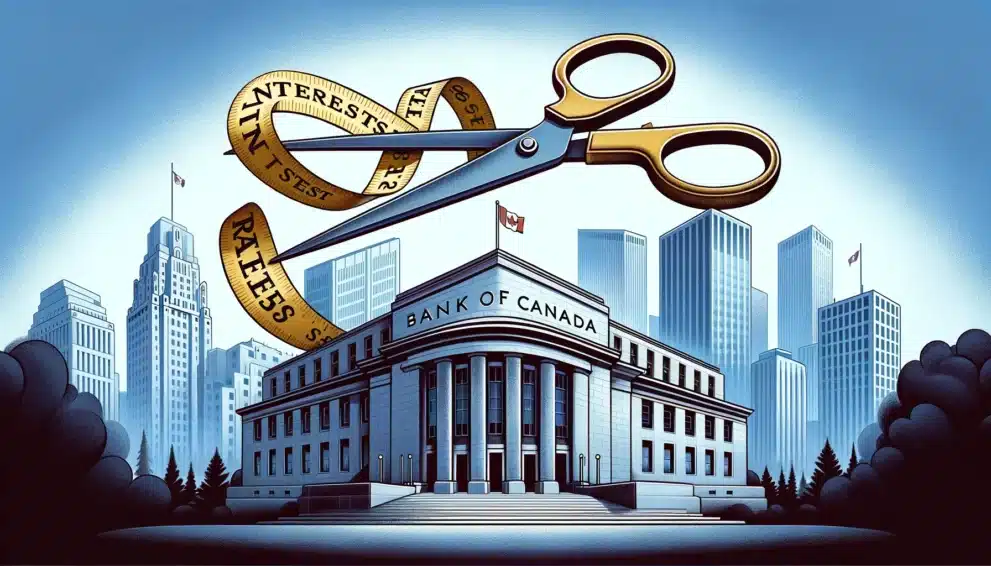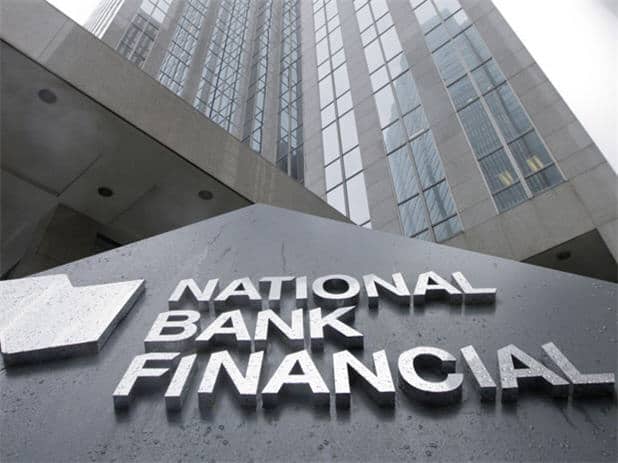
It has happened so often that many have come to expect it. But will the latest inflation data end the parade of interest rate cuts from the Bank Of Canada?
On March 18, Statistics Canada reported that inflation jumped to 2.6% in January, far above the consensus 2.2%.
“We did expect a slight tick up due to the ending of the tax holiday, but 2.6 (per cent) is certainly higher than what inflation has been for quite a while now,” RSM Canada economist Tu Nguyen told CTV News.
In an economic update issued the same day, RBC Senior Economist Claire Fan says it may be too early to tell if this changes the path for the BoC.
“As much as those signs are alarming, they’re too early to be tariff related and are more likely a product of gathering strength in consumer spending since late last year,” Fan argued. “Moving forward, headline inflation will continue to be influenced by one-off factors as retaliatory Canadian import tariffs increase import costs but the removal of the consumer carbon tax lowers prices particularly for energy products starting in April. Today’s numbers won’t have been a surprise to the BoC – the central bank expected inflation to be 2.5% in March once the GST holiday is fully out of the data. The readings will, however, continue to complicate the central bank’s interest rate decisions. When cutting the overnight rate by another 25 basis points in March, the central bank said explicitly support of lower interest rate should not be at the cost of sacrificing the longer-run 2% inflation target.”
The economist did not rule out the possibility of another interest rate cut in two weeks.
“We expect the BoC will take into account all these moving parts, including the potential new round of broader “reciprocal” tariffs that the U.S. administration threatened against all trade partners for April 2 when making the next decision in April,” she said.


 Share
Share Tweet
Tweet Share
Share




Comment